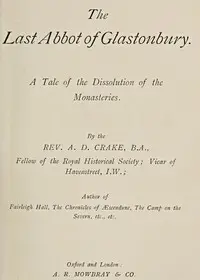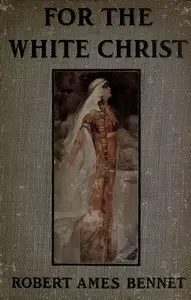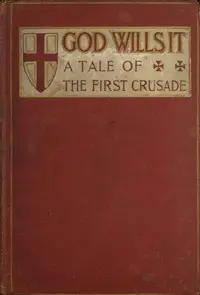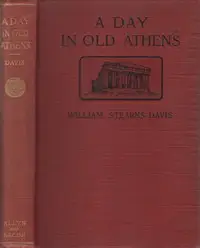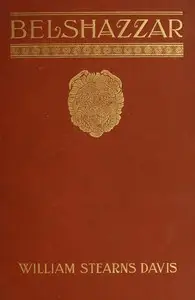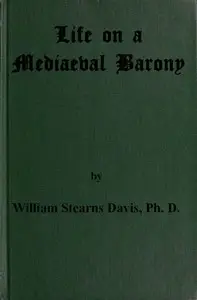"The Saint of the Dragon's Dale: A Fantastical Tale" by William Stearns Davis is a captivating story set in the Middle Ages, where a holy hermit named Jerome must save a fair maiden, Agnes, from the evil clutches of Baron Ulrich. The story opens with Jerome living a simple life of prayer when word reaches him of Agnes's capture, compelling him to leave his solitary existence and embark on a dangerous rescue mission. As Jerome journeys to confront Ulrich, he faces not only the baron's wicked power but also supernatural challenges and the confusing temptation of worldly affection for Agnes. This sets the stage for an epic showdown where Jerome must prove the strength of his faith against the forces of darkness, all while grappling with his own inner demons.
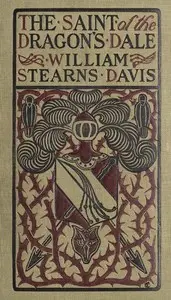
The Saint of the Dragon's Dale: A Fantastical Tale
By William Stearns Davis
In a medieval world of saints and sinners, a humble hermit must confront a wicked baron and his own desires to rescue a captured maiden.
Summary
About the AuthorWilliam Stearns Davis was an American educator, historian, and author. He has been cited as one who "contributed to history as a scholarly discipline,. .. [but] was intrigued by the human side of history, which, at the time, was neglected by the discipline." After first experimenting with short stories, he turned while still a college undergraduate to longer forms to relate, from an involved (fictional) character's view, a number of critical turns of history. This faculty for humanizing, even dramatizing, history characterized Davis' later academic and professional writings as well, making them particularly suitable for secondary and higher education during the first half of the twentieth century in a field which, according to one editor, had "lost the freshness and robustness. .. the congeniality" that should mark the study of history. Both Davis' fiction and non-fiction are found in public and academic libraries today.
William Stearns Davis was an American educator, historian, and author. He has been cited as one who "contributed to history as a scholarly discipline,. .. [but] was intrigued by the human side of history, which, at the time, was neglected by the discipline." After first experimenting with short stories, he turned while still a college undergraduate to longer forms to relate, from an involved (fictional) character's view, a number of critical turns of history. This faculty for humanizing, even dramatizing, history characterized Davis' later academic and professional writings as well, making them particularly suitable for secondary and higher education during the first half of the twentieth century in a field which, according to one editor, had "lost the freshness and robustness. .. the congeniality" that should mark the study of history. Both Davis' fiction and non-fiction are found in public and academic libraries today.

